Optimal Timing for Concrete Installations
Concrete installations require specific weather conditions for optimal curing and durability. The ideal time for such projects typically depends on temperature, humidity, and precipitation levels. Proper timing ensures the concrete sets correctly, reducing the risk of cracking or other issues.
Concrete performs best when temperatures are between 50°F and 85°F. Temperatures outside this range can affect setting times and strength development.
Heavy rain can weaken freshly poured concrete and cause surface imperfections. It is best to schedule installations during dry periods.
Spring and fall are generally preferred for concrete work due to moderate temperatures and lower humidity levels.
Monitoring weather forecasts helps in planning concrete projects to avoid unexpected rain or temperature drops.
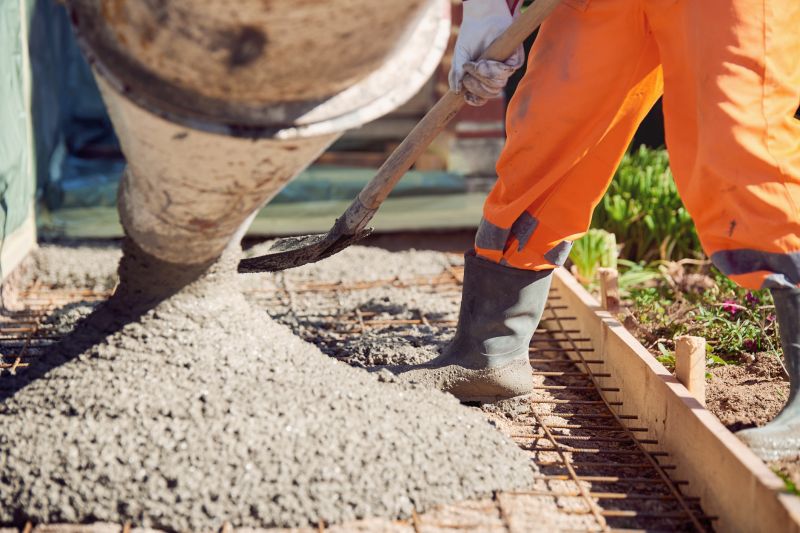
Spring offers moderate weather conditions suitable for concrete installations.
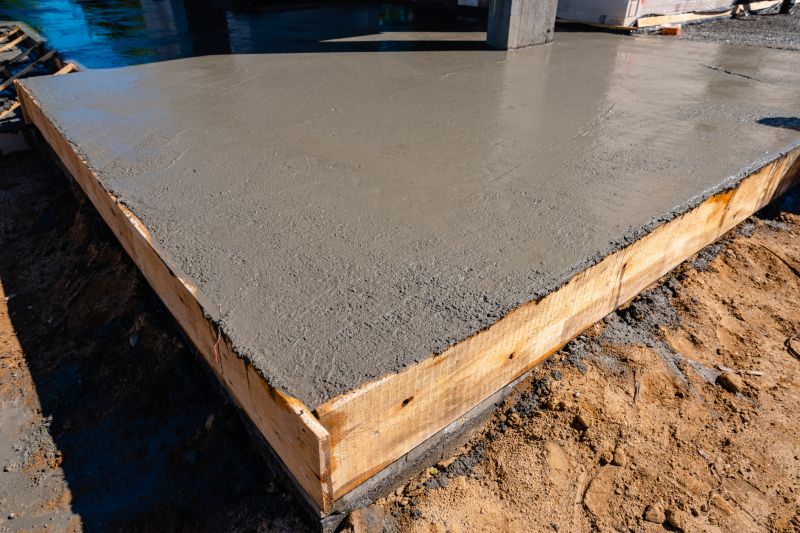
Summer provides warm weather, but precautions are necessary to prevent rapid drying.

Fall's cooler temperatures help in achieving quality finishes and proper curing.

Winter requires additional measures like heating to prevent freezing during curing.
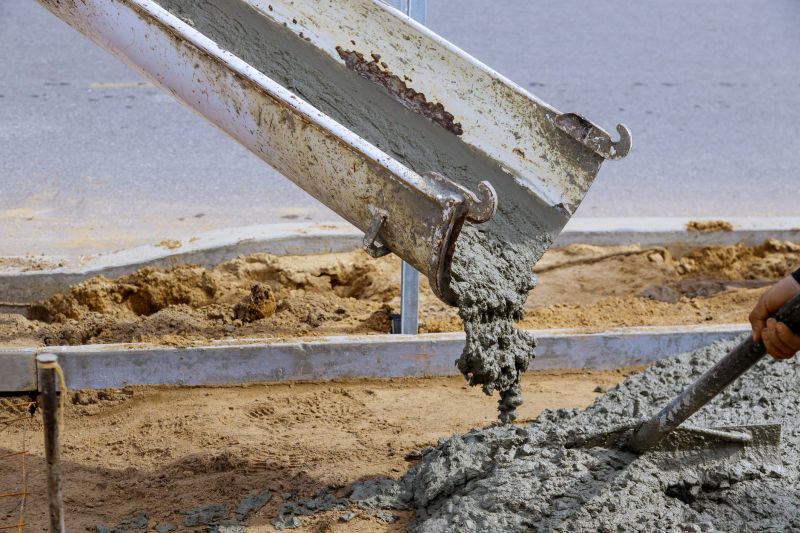
Scheduling during dry periods minimizes issues related to moisture loss.

Real-time weather updates assist in planning and executing concrete projects effectively.
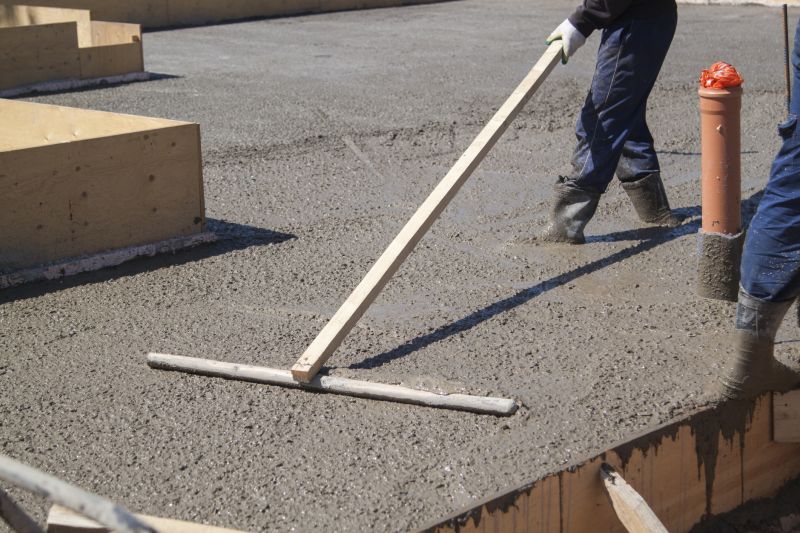
Proper curing is essential for strength and durability, influenced heavily by weather conditions.
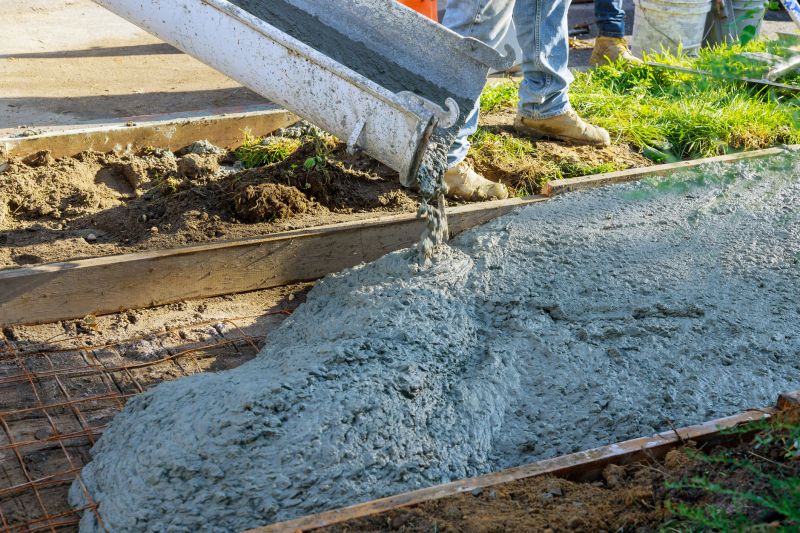
Seasonal planning ensures optimal results and reduces delays or rework.
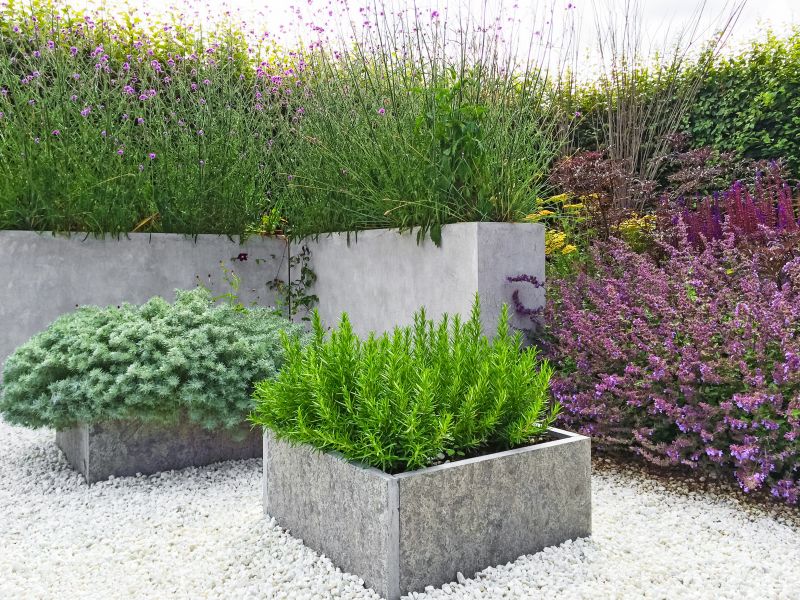
Ways to make Concrete Installations work in tight or awkward layouts.
| Season | Ideal Conditions |
|---|---|
| Spring | Moderate temperatures, low humidity, minimal rain |
| Summer | Warm temperatures, avoid excessive heat and rapid drying |
| Fall | Cooler temperatures, lower humidity, dry weather |
| Winter | Cold temperatures, require heating measures for curing |
Concrete installations are a critical component of many construction projects, offering durability and versatility. Proper timing ensures the concrete cures correctly, reducing the risk of cracks and surface imperfections. Weather conditions significantly influence the curing process, making seasonal planning essential for achieving high-quality results.
Statistics indicate that concrete strength increases with proper curing time, which can be compromised by adverse weather. For example, concrete poured in extreme cold may take longer to reach desired strength levels, while excessive heat can cause rapid evaporation, leading to surface cracking. Careful scheduling and weather monitoring help in mitigating these issues and ensuring long-lasting installations.
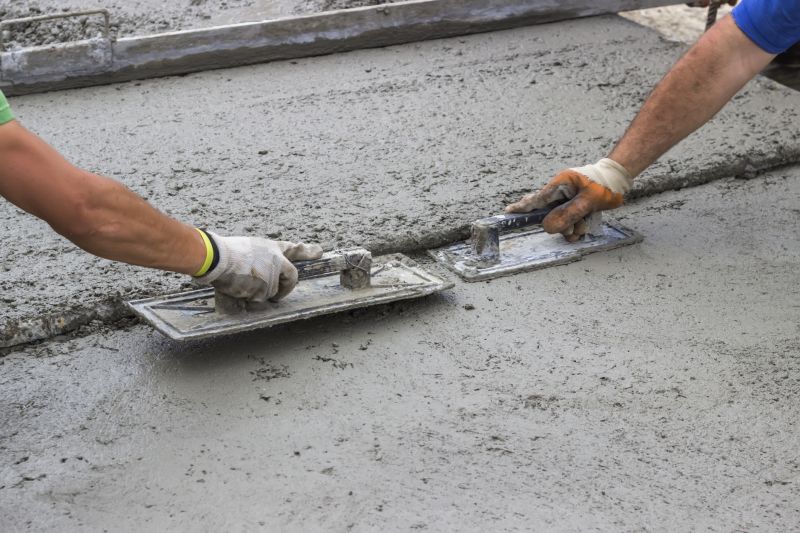
Proper timing ensures optimal curing and durability.
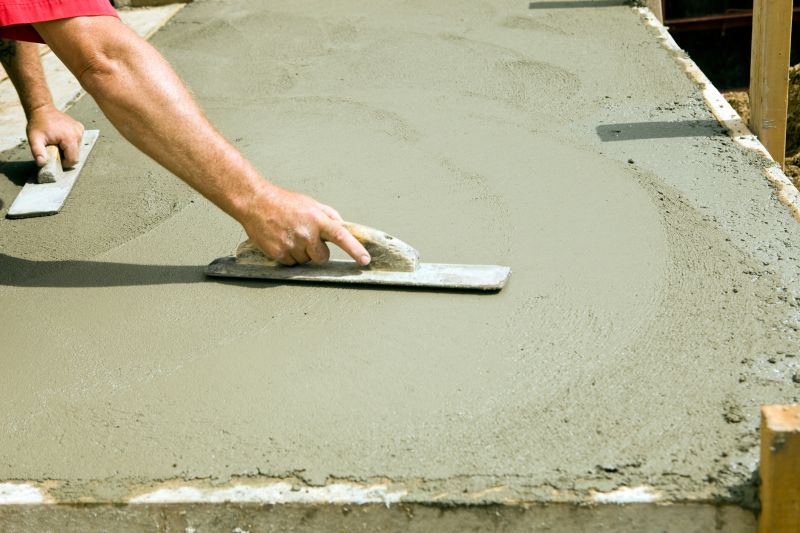
High-quality finishes depend on ideal weather conditions.

Scheduling based on season improves project outcomes.
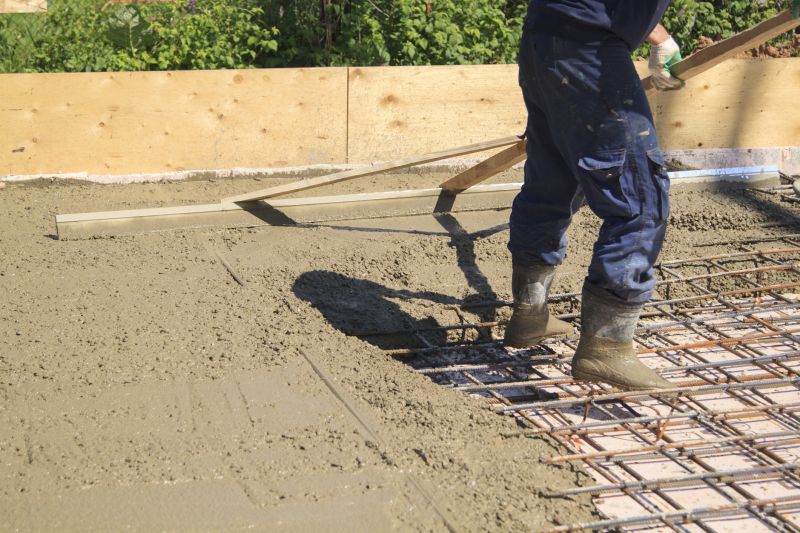
Monitoring weather helps plan concrete projects effectively.
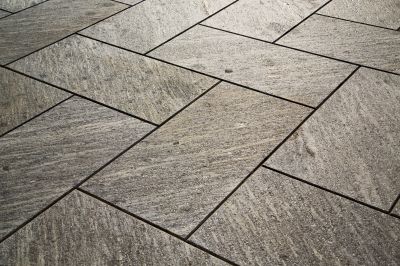
Popular materials for Concrete Installations and why they hold up over time.

Simple add-ons that improve Concrete Installations without blowing the budget.

High-end options that actually feel worth it for Concrete Installations.

Finishes and colors that play nicely with Concrete Installations.
Interested in scheduling a concrete installation? Filling out the contact form can provide further guidance on the best timing for specific project needs in Gainesville, FL.

